Getting a new phone system, want to move to IP Telephony from traditional PBX System
First of all, We are a huge supporter of SIP trunking. It is best to understand the requirements to ensure that this solution has a high degree of probability of success based on YOUR specific requirements.
It sounds as if you have good IP connectivity but let’s start with how many concurrent calls you will require. SIP trunking is unlike PRIs in that it is not channelized. If you need 10 concurrent calls, you pay for that – not 23 channels that may sit unused. By determining the number of concurrent calls that you need at peak busy periods, you can then estimate how much bandwidth you need. An easy rule of thumb is 80 kbps for each G.711 call or 50 kbps for each G.729 call.
The next issue to consider after bandwidth is the nature of your usage. Are you placing a large amount of domestic long distance calls, international calls, or are your calling patterns primarily local? If almost all of your calls are local – both in and out – your savings will be less than if they included large volumes of long distance calling.
Porting of existing number is not an issue these days, telco’s do that every day.
QOS is a important measure when you move from TDM to IP.
The service benefit that you would get from Service Providers hosted service will be multi-fold.
Firstly, will provide you service on their private backbone/MPLS as a transport rather than pure IP bandwidths.
Secondly, this will be completely managed right from connection tails to trunks to QOS to worldwide PSTN break-outs, blended solution- inbound and outbound, DID’s.
Thirdly, Service Providers will be able to offer you an attractive solution as this is a shared/hosted service for them.
If you are still not sure where to start with simply contact us on [email protected] to get personalised solution.
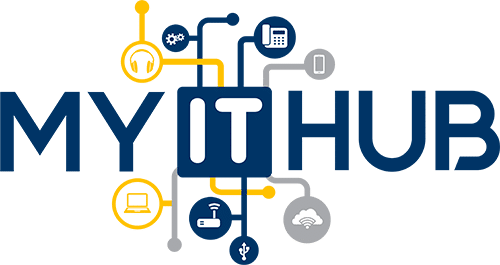
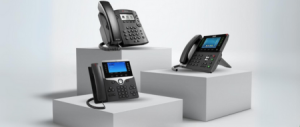





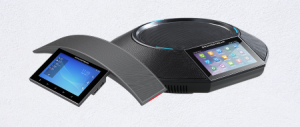




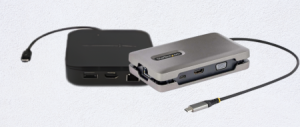


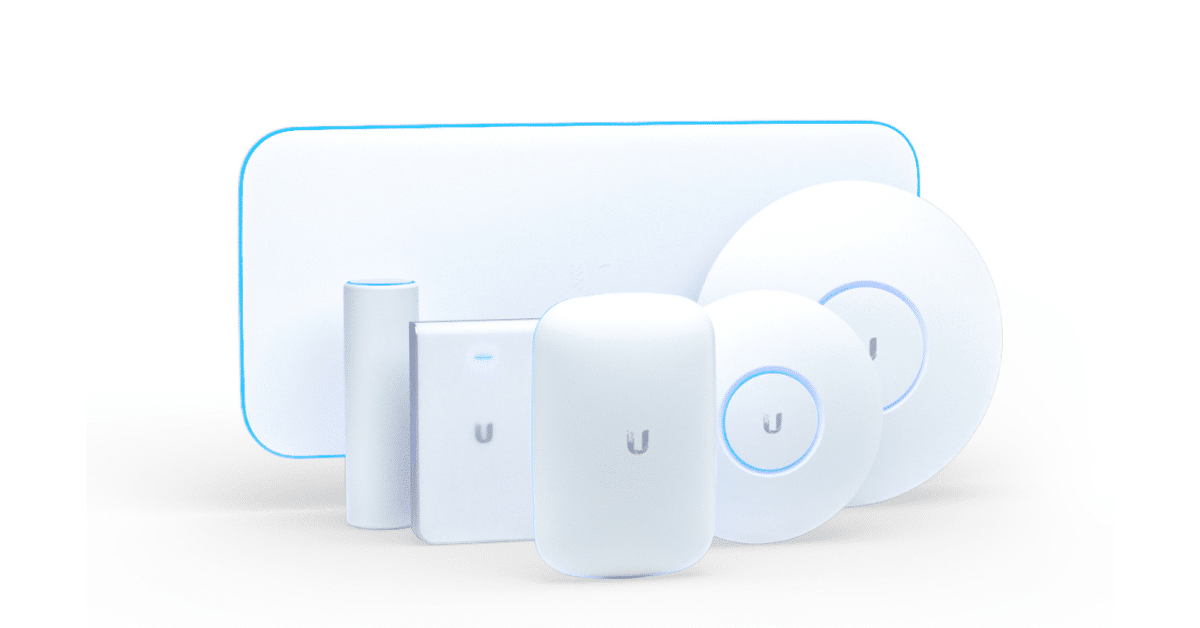






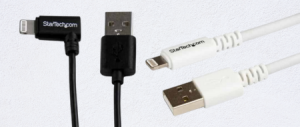



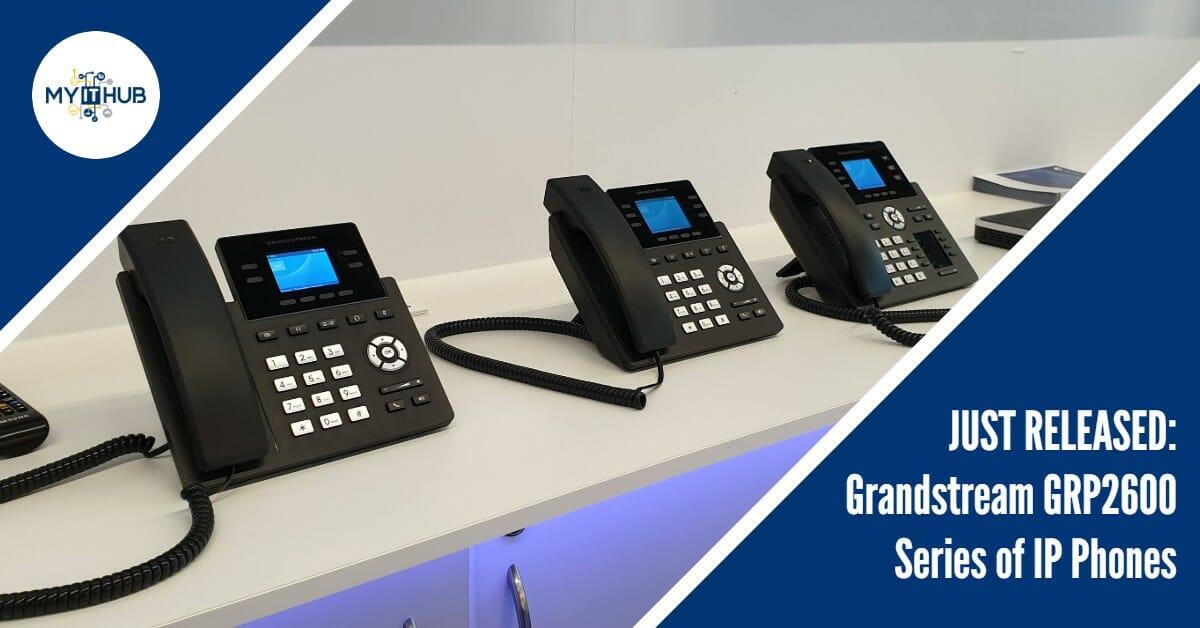

Leave a Reply
You must be logged in to post a comment.